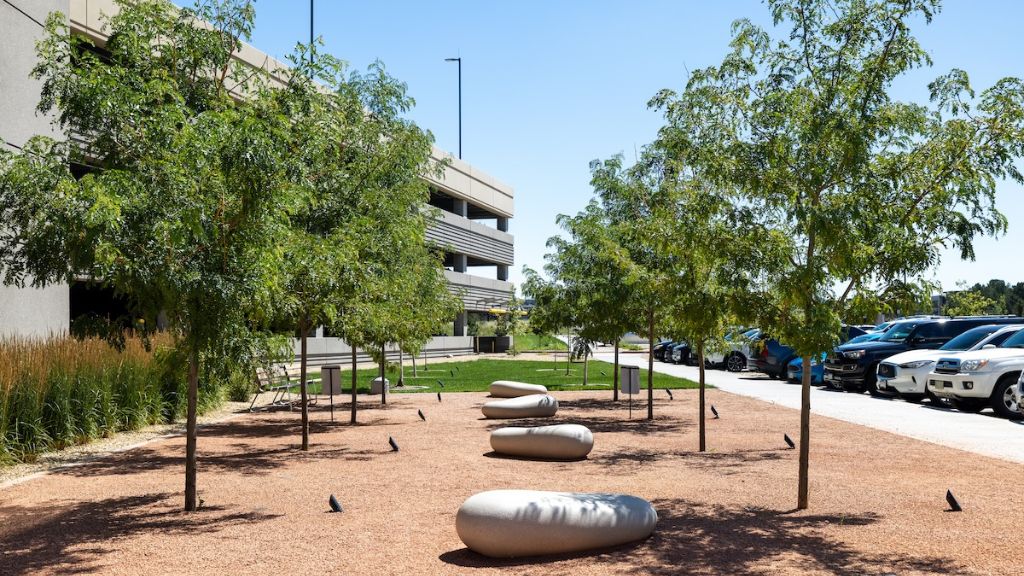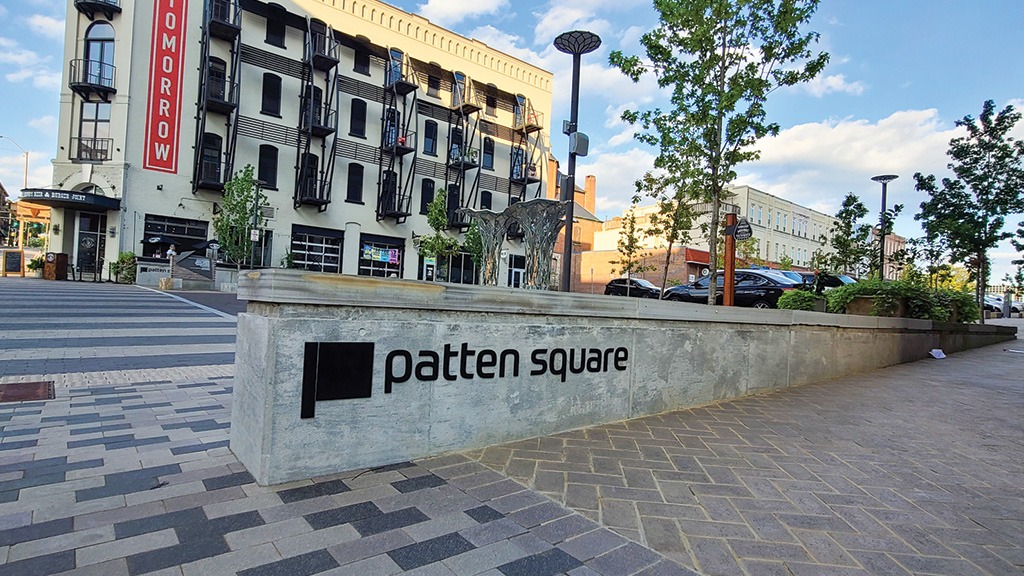Situated on the edge of the historic Fens, Peterborough has a rich heritage.
Situated on the edge of the historic Fens, Peterborough has a rich heritage. Settled by man over 3500 years ago, with a cathedral dating back to AD655, there are plenty of reminders of the past, and recognising this, the City has many listed buildings including the old railway sheds and the 19th Century Whitworth Mill on the banks of the River Nene.
The clay sub-soil in the Fletton area proved perfect for brick making, and this became a major industry in the city – the beginning of the Fletton brick, now widely used across the country. The arrival of the railway in 1845 meant that transportation of the bricks became simpler and Peterborough East Station was built and a goods yard constructed on the south bank of the River Nene to service the city’s expanding business trade. The station closed in 1970 and the land between the railway line and the river was used for various commercial purposes for the next 40 years.
Project
Location
Contractor
Landscape Architect
Situated on the edge of the historic Fens, Peterborough has a rich heritage.
Situated on the edge of the historic Fens, Peterborough has a rich heritage. Settled by man over 3500 years ago, with a cathedral dating back to AD655, there are plenty of reminders of the past, and recognising this, the City has many listed buildings including the old railway sheds and the 19th Century Whitworth Mill on the banks of the River Nene.
The clay sub-soil in the Fletton area proved perfect for brick making, and this became a major industry in the city – the beginning of the Fletton brick, now widely used across the country. The arrival of the railway in 1845 meant that transportation of the bricks became simpler and Peterborough East Station was built and a goods yard constructed on the south bank of the River Nene to service the city’s expanding business trade. The station closed in 1970 and the land between the railway line and the river was used for various commercial purposes for the next 40 years.
Project
Location
Contractor
Landscape Architect
Project
Location
Contractor
Landscape Architect
Identifying the potential of this riverside site with amazing views to the Cathedral, Peterborough City Council allocated this area for high-quality mixed-use development. With views across the river to The Embankment open space, only a short walk across the Town Bridge to the city centre and less than a mile from the mainline railway station, the site was ripe for redevelopment – with the restoration of the old listed buildings and construction of new ones.
With much of the city low lying, stormwater management can be a challenge. Peterborough City Council encourages innovative thinking in the using of sustainable drainage systems, and the adjacent river available for water discharge made the new development an obvious good fit. Although the original plans were to use a conventional piped stormwater system, alternative methods were investigated and the GreenBlue Urban ArborFlow tree pit system was chosen. Harrison Stevens, the landscape architects, worked closely with Peterborough Investment Partnership and their engineers and planning consultants to design a scheme that worked hydraulically as well as visually, and the whole development has won several awards for the quality of the project, which was constructed by Bowmer and Kirkland during the period spanning 2016-2020.
Identifying the potential of this riverside site with amazing views to the Cathedral, Peterborough City Council allocated this area for high-quality mixed-use development. With views across the river to The Embankment open space, only a short walk across the Town Bridge to the city centre and less than a mile from the mainline railway station, the site was ripe for redevelopment – with the restoration of the old listed buildings and construction of new ones.
With much of the city low lying, stormwater management can be a challenge. Peterborough City Council encourages innovative thinking in the using of sustainable drainage systems, and the adjacent river available for water discharge made the new development an obvious good fit. Although the original plans were to use a conventional piped stormwater system, alternative methods were investigated and the GreenBlue Urban ArborFlow tree pit system was chosen. Harrison Stevens, the landscape architects, worked closely with Peterborough Investment Partnership and their engineers and planning consultants to design a scheme that worked hydraulically as well as visually, and the whole development has won several awards for the quality of the project, which was constructed by Bowmer and Kirkland during the period spanning 2016-2020.
Sustainable drainage features were implemented across the whole development, using both rain gardens and tree pits between and around the buildings to attenuate and clean the rainwater from the hard surfaces and roofs. The GreenBlue Urban ArborFlow 100 panel system allows for a fast inrush of stormwater preventing localised flooding, and directing the water down into the bio-remediation soil, allowing slow percolation giving optimum water treatment and pollutant removal. The trees are protected by the GreenBlue Urban Precast tree grille, allowing gaseous exchange for the soil, and giving additional drainage for times of exceedance flow.
The success of the project is obvious – Peterborough City Council has moved into the restored engine sheds, and the public realm has matured beautifully, offering green spaces for the enjoyment of all those who live, work and play here. As the trees grow, increasing in canopy size and density, they become more and more efficient in dealing with stormwater and in providing shade and heat mitigation – a truly resilient development, designed to cope with whatever climate change throws at it.
Sustainable drainage features were implemented across the whole development, using both rain gardens and tree pits between and around the buildings to attenuate and clean the rainwater from the hard surfaces and roofs. The GreenBlue Urban ArborFlow 100 panel system allows for a fast inrush of stormwater preventing localised flooding, and directing the water down into the bio-remediation soil, allowing slow percolation giving optimum water treatment and pollutant removal. The trees are protected by the GreenBlue Urban Precast tree grille, allowing gaseous exchange for the soil, and giving additional drainage for times of exceedance flow.
The success of the project is obvious – Peterborough City Council has moved into the restored engine sheds, and the public realm has matured beautifully, offering green spaces for the enjoyment of all those who live, work and play here. As the trees grow, increasing in canopy size and density, they become more and more efficient in dealing with stormwater and in providing shade and heat mitigation – a truly resilient development, designed to cope with whatever climate change throws at it.







